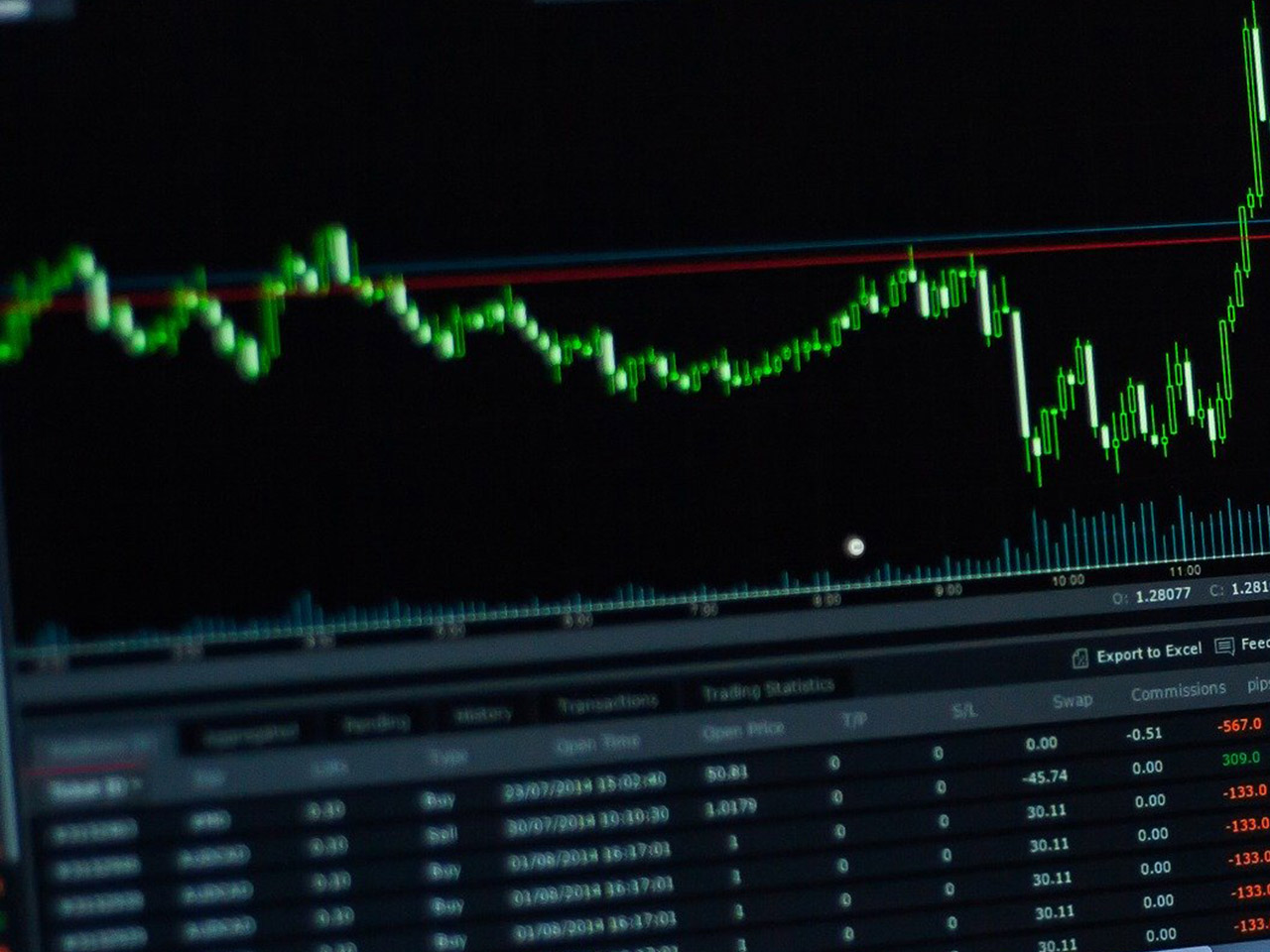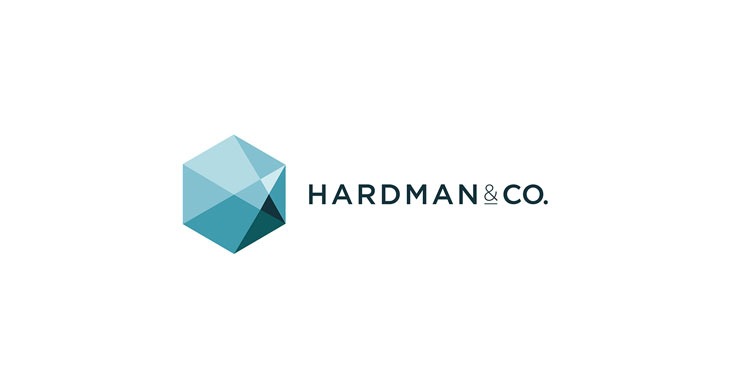Standard Chartered PLC (STAN.L), a stalwart in the financial services sector, continues to play a significant role in the diversified banking industry. With its headquarters in London and a market cap of $27.61 billion, the bank has a formidable presence across Asia, Africa, the Middle East, Europe, and the Americas. The company’s operations are divided into three main segments: Corporate, Commercial & Institutional Banking; Consumer, Private & Business Banking; and Ventures, offering a wide array of services from retail products to digital banking solutions.
Currently trading at 1,186 GBp, Standard Chartered’s stock has shown resilience with a modest price change of 33.50 GBp (0.03%). Over the past year, the stock has fluctuated between 686.80 GBp and 1,269.00 GBp, highlighting its volatility and potential for rewarding returns. However, its current valuation metrics present a nuanced picture for investors. The trailing P/E ratio is not available, while the forward P/E stands at a lofty 541.83, suggesting expectations of significant future earnings growth or potential overvaluation.
Performance metrics indicate a steady revenue growth of 4.20%, and an earnings per share (EPS) of 1.09. The bank’s return on equity is a respectable 8.21%, reflecting its ability to generate profits from shareholders’ investments. Yet, the absence of net income and free cash flow figures could raise questions about the bank’s financial health and future profitability.
Dividend-seeking investors might find Standard Chartered’s yield of 2.36% appealing, supported by a conservative payout ratio of 25.10%. This suggests that the bank is maintaining a balance between rewarding shareholders and retaining earnings for growth and stability.
Analyst sentiment towards Standard Chartered is mixed, with five buy ratings, seven hold ratings, and two sell ratings. The target price range of 899.77 GBp to 1,372.65 GBp, with an average target of 1,173.32 GBp, suggests limited upside potential, approximately -1.07% from the current price. This reflects a cautious optimism, possibly due to the broader economic uncertainties affecting the banking sector.
From a technical standpoint, Standard Chartered’s 50-day and 200-day moving averages, at 1,093.21 GBp and 999.98 GBp respectively, indicate a bullish trend. However, the Relative Strength Index (RSI) of 35.33 suggests the stock is approaching oversold territory, which could signal a potential buying opportunity if investors anticipate a rebound. The MACD of 17.75 and a signal line of 18.63 point towards a bearish momentum, advising caution.
For individual investors, Standard Chartered presents a blend of growth opportunities and risks. The bank’s extensive geographical reach and diverse service offerings provide exposure to dynamic and emerging markets. However, the high forward P/E ratio and mixed analyst ratings necessitate a careful analysis of market conditions and the bank’s strategic initiatives.
As the financial landscape evolves, investors must weigh the potential for long-term growth against the inherent risks in the banking sector. Standard Chartered’s strategy, execution, and adaptability will be crucial in determining whether it can capitalise on its strengths and navigate the challenges ahead.





































